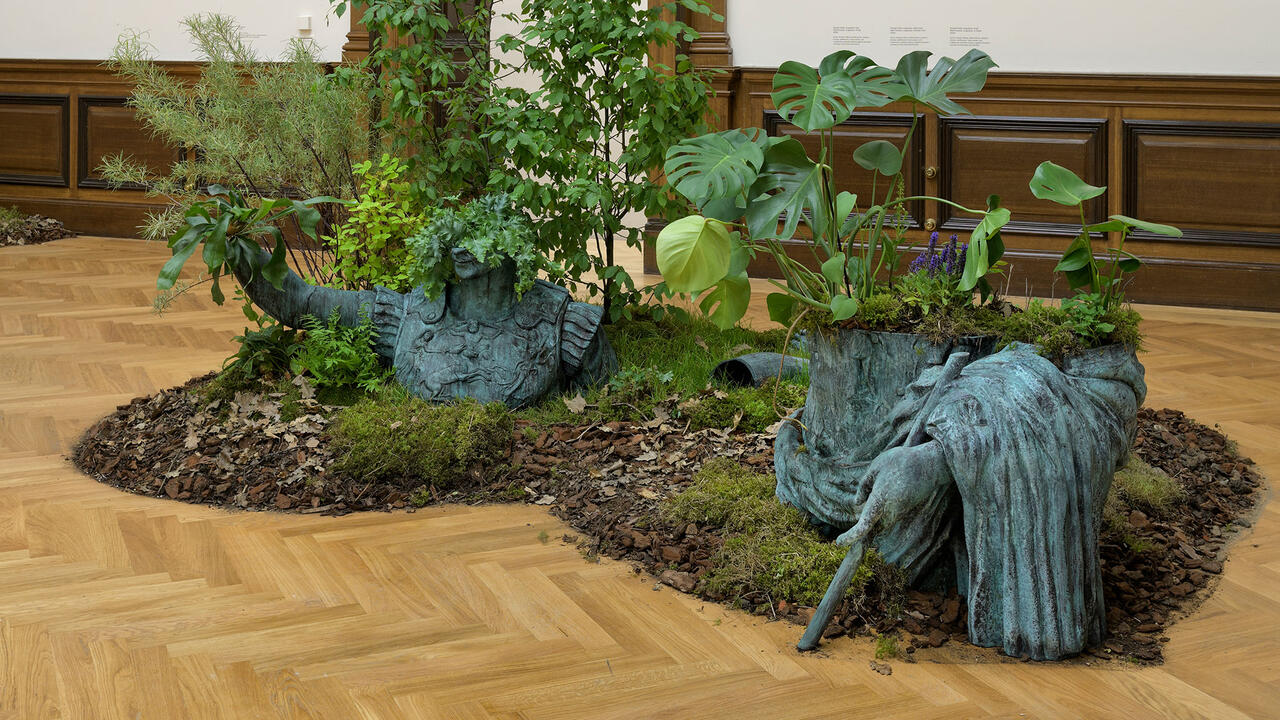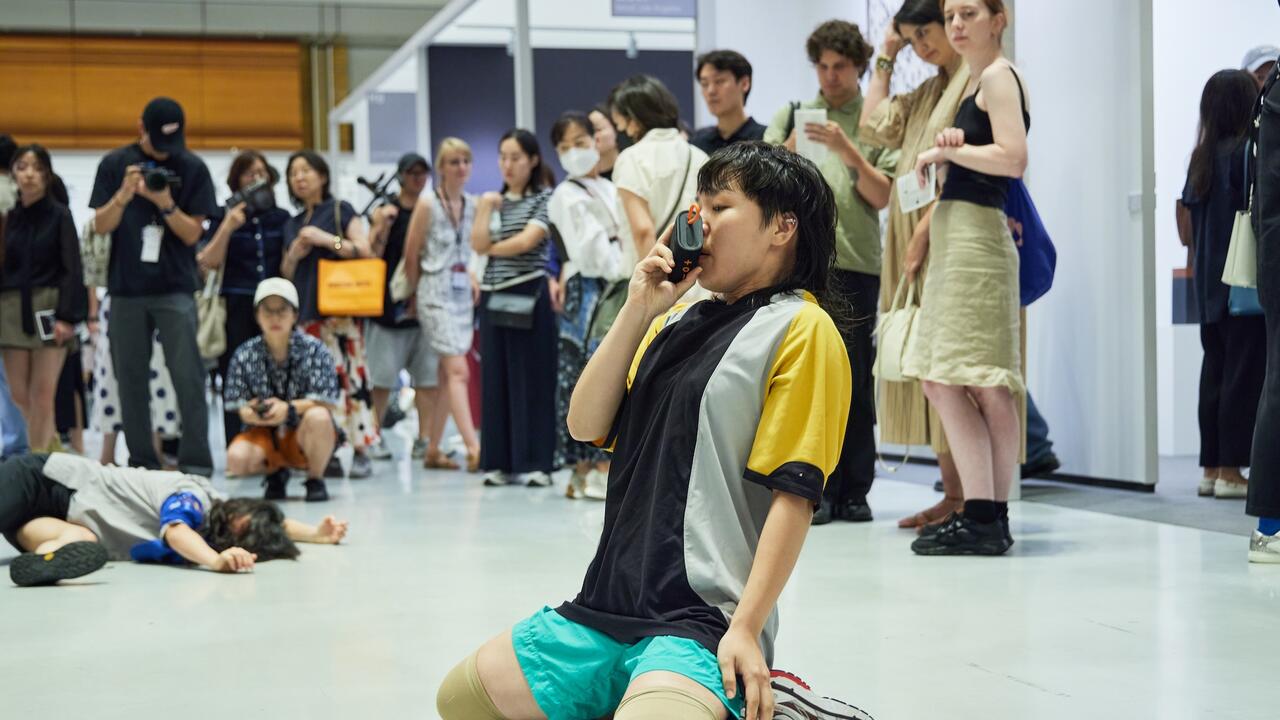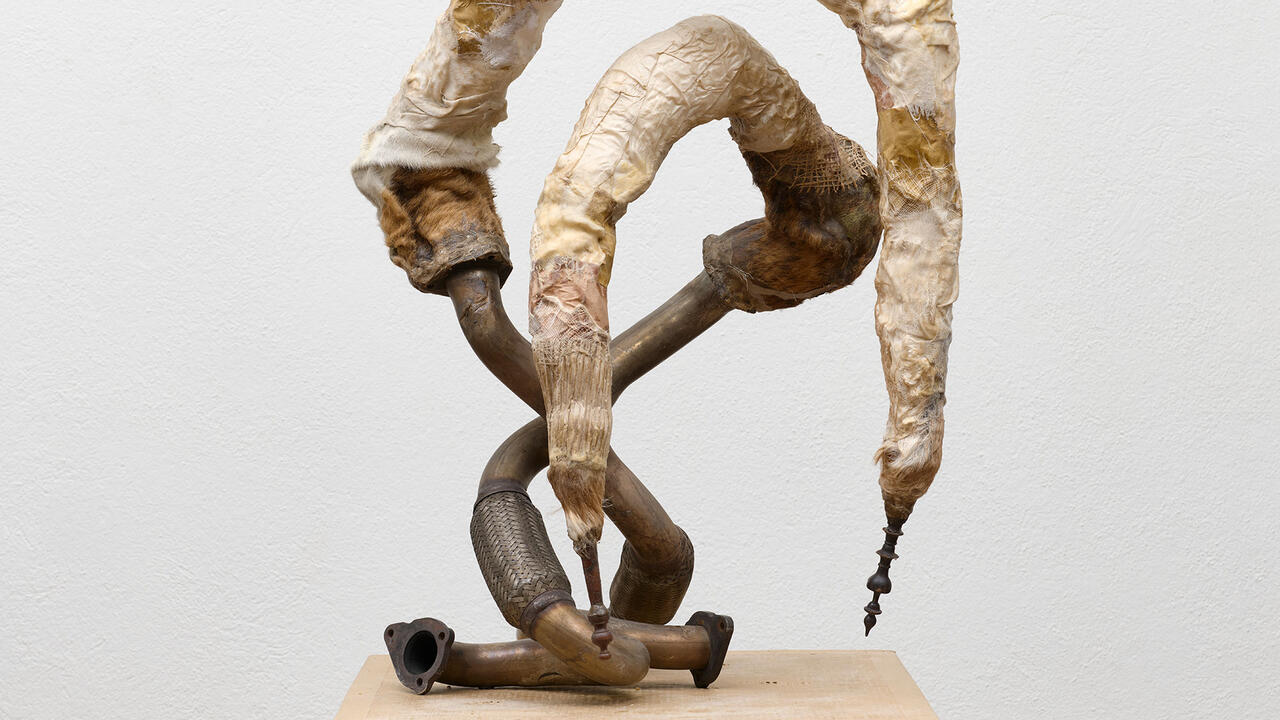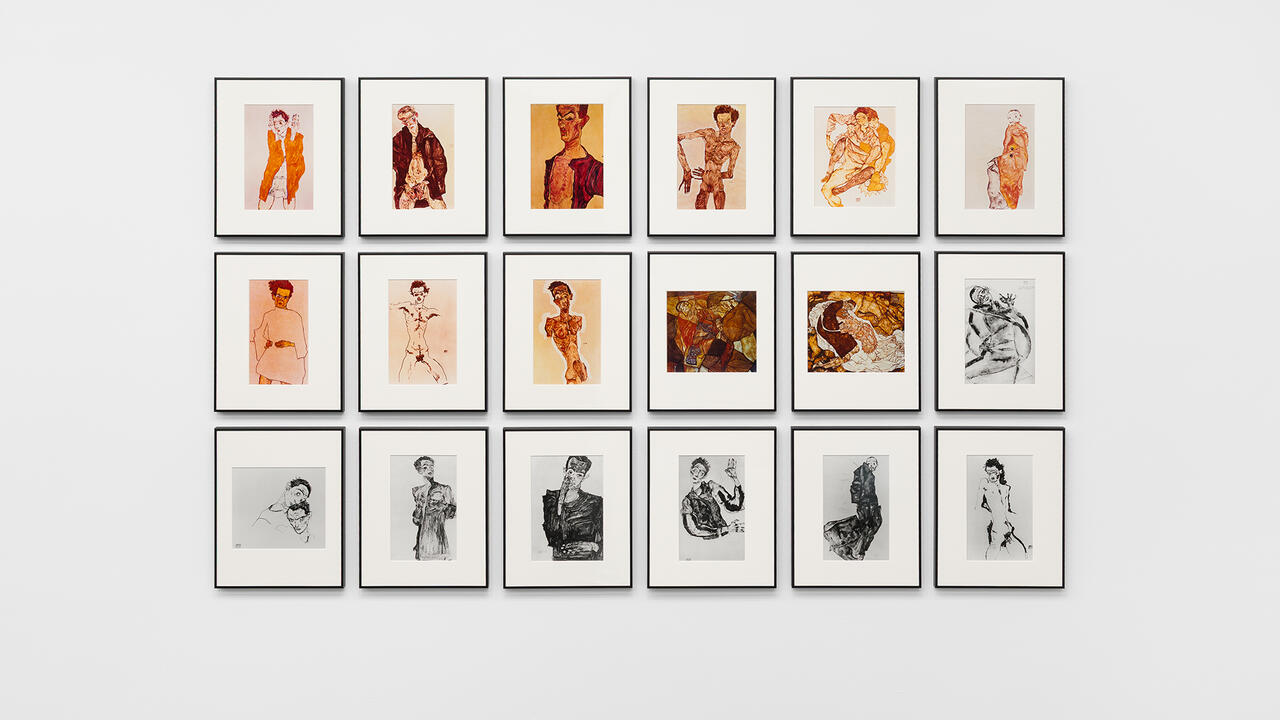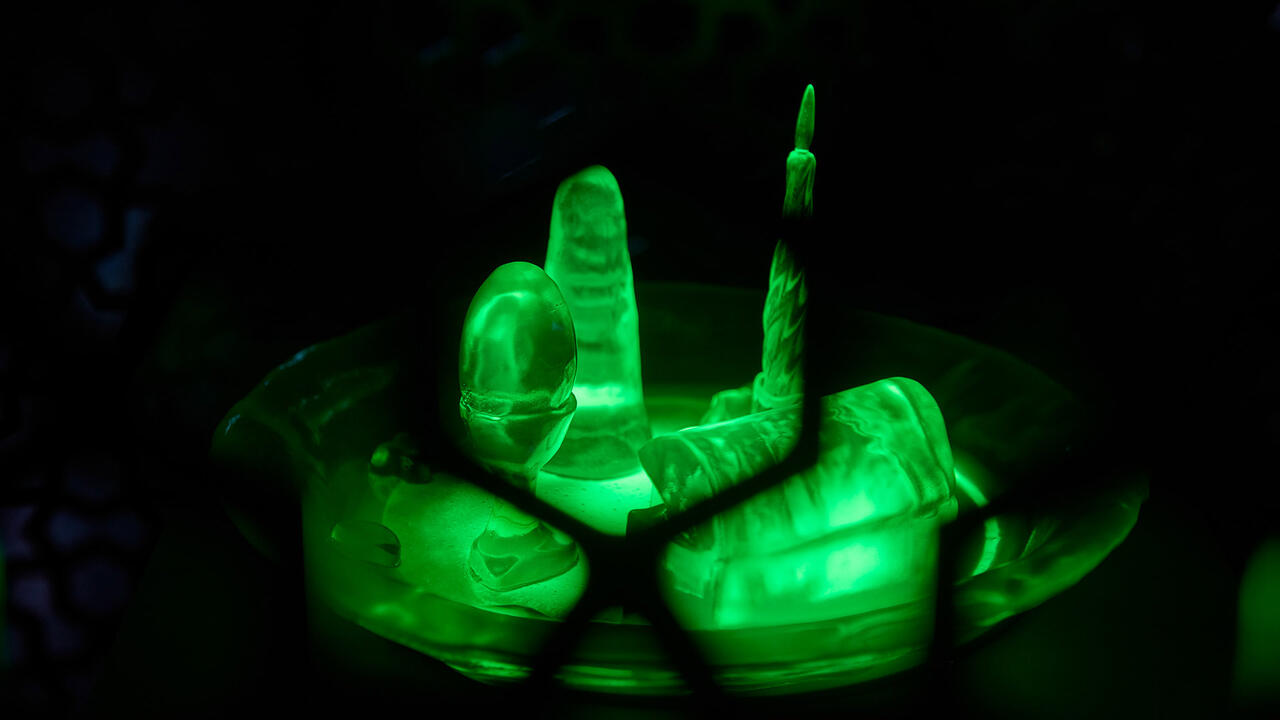The Irreverent Advocacy of General Idea
The collective’s retrospective at the National Gallery of Canada extends from foundational mail art to hard-hitting installations about HIV/AIDS
The collective’s retrospective at the National Gallery of Canada extends from foundational mail art to hard-hitting installations about HIV/AIDS

It has been more than half a century since General Idea – the irreverent collective consisting of Jorge Zontal, Felix Partz and A.A. Bronson – came onto the art world stage in 1969 with their zany, pop-inflected socio-political critique and tongue-in-cheek antics. Organized in collaboration with Bronson (General Idea’s sole surviving member) some 28 years after they were last active, the National Gallery’s retrospective – and its hefty accompanying catalogue – encapsulate a quarter century of the collective’s influential practice as post-modern pioneers whose work integrated high-minded conceptualism with mass culture and new media.

A chronological journey, the exhibition navigates through the mail art and early performance works of the 1970s, such as the foundational ‘Miss General Idea Pageants’, and continues on through their sombre yet in-your-face reflections on the HIV/AIDS crisis in the 1980s, made at a time during which both Zontal and Partz themselves contracted HIV. The survey begins with a one-two punch of all the big hits: blow-ups of General Idea group self-portraits and the fluorescent-pink poodle crest from The Armoury of the 1984 Miss General Idea Pavillion (1985–90), in a room that also contains (and is wallpapered with reproductions of) the collective’s 1987 letter-based AIDS, which was inspired by artist Robert Indiana’s iconic LOVE motif of the mid-1960s. The next set of rooms, in contrast, seems too reliant on archival materials. The monotone Orgasm Energy Chart (1970), for example, feels staid, displayed in a grey-walled room and paired with documents and ephemera encased in vitrines.

Following this rather parched section, however, the exhibition galleries that follow then literally come alight, dusting off didacticism in favour of presenting General Idea’s most forcefully physical works. In Fin de Siècle (1990), three faux harp seal pups – Arctic avatars for the collective’s members – lie on an ice floe made from more than 300 Styrofoam sheets, presented under blindingly white-fluorescent light. Sharply critiquing the general lack of awareness of AIDS at a time when mainstream consciousness was focussed on the abolition of commercial seal hunting, the work tugs at the heartstrings with the image of cute mammals stranded on an island while also drawing an analogy with the isolated plight of the HIV-positive. The next room houses One Day of AZT and One Year of AZT (both 1991), imposing regimens of the antiretroviral drug AZT (the first to gain approval for the treatment of HIV) into the space. Five giant fibreglass reproductions of the drug capsules, coffin-sized and uncanny, rest directly on the floor (one day’s dose), and are surrounded by walls lined with smaller versions of the same form (a year’s), a blunt reminder and daily reality for many impacted by HIV/AIDS.

In the exhibition’s final room, Zontal, Partz and Bronson’s works sit in an irreverent shrine to Western art with their ‘INFE©TED’ series: red, green and blue approximations of modernist classics by artists such as Piet Mondrian, Gerrit Rietveld and Lucio Fontana. Covering the gallery walls, INFE©TED Coeurs Volants (‘INFE©TED Fluttering Hearts’, 1994) – a silver foil wallpaper bedecked with hearts – riffs on Marcel Duchamp’s Coeurs Volant (1961), and is matched with a boutique display of glass butt plug multiples, wryly queering Duchamp’s Coin de chasteté (‘Wedge of Chastity’, 1954, a bronze-and-plastic-resin sculpture that evokes a penis embedded in a vagina) in a nod to the collective’s community of gay men and the virus that was tearing through their ranks. This final look into General Ideas’ work epitomizes their particular consciousness and critique of the broader art historical, social and political contexts in which they lived and worked – executed with their signature mix of seriousness and impropriety.
'General Idea' at the National Gallery of Canada, Ottawa, is on view until 20 November.
Main image: 'General Idea', 2022, installation view. Courtesy: © General Idea and NGC





